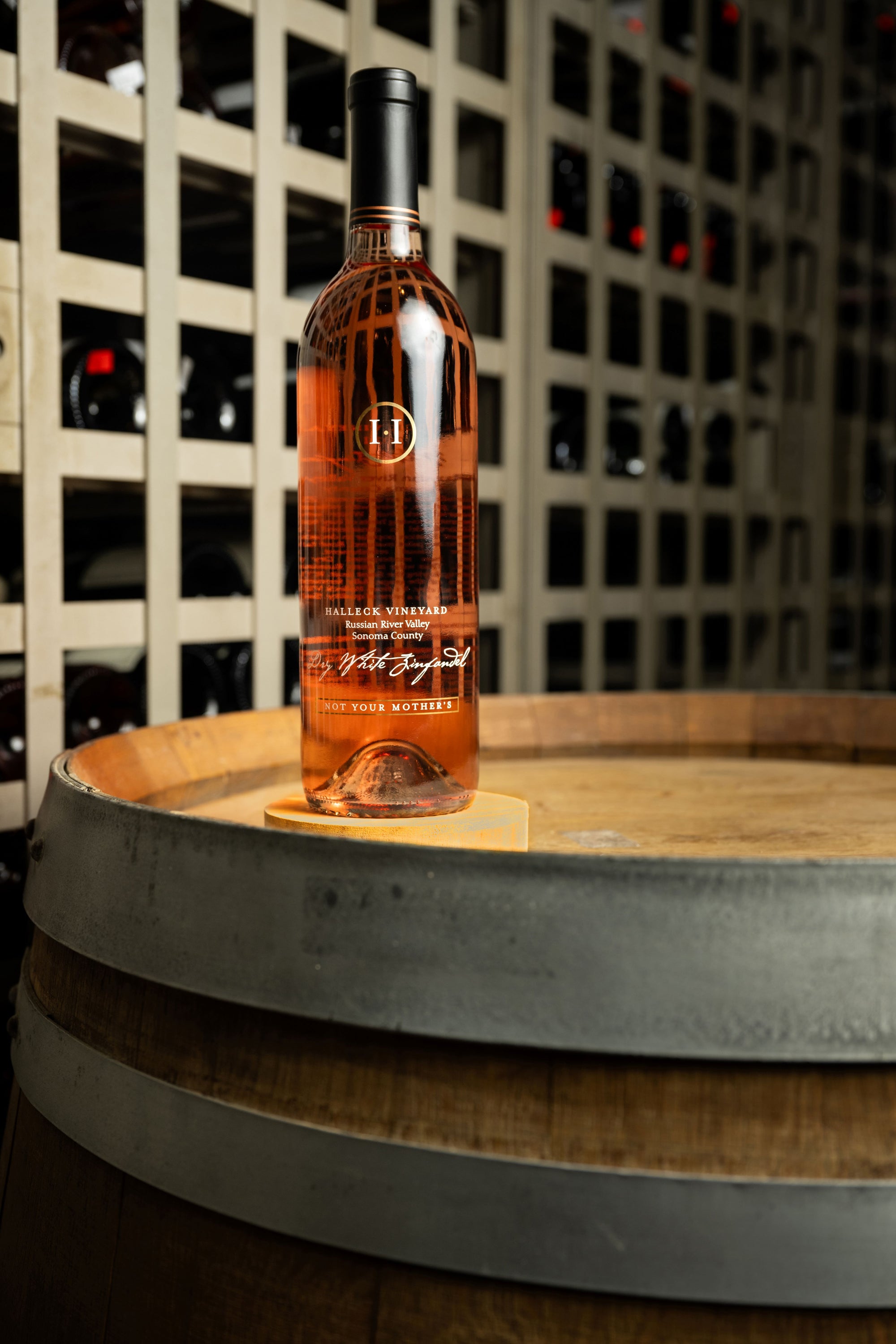Savor Exclusive Wines from Sebastopol
Savor Exclusive Wines from Sebastopol
Blog Article
Tasting Classes Available at Sonoma Wineries for Passionate Enthusiasts
Understanding the nuanced vocabulary related to winery wine tasting is essential for both novices and seasoned connoisseurs alike. Each term brings to life the experience of tasting wine and may enhance one’s appreciation of the many intricacies involved. Wine tasting is more than simply drinking; it's an art that includes numerous senses and feelings.
To start with, the term "nostril" refers again to the aromas one detects when smelling the wine. This is a crucial step because the bouquet sets the stage for the tasting experience. Notes of fruit, spice, earth, and wood may mingle, offering a glimpse of what the palate would possibly confirm. Understanding "nosing" the wine can dramatically elevate one's sensory journey.
Another key aspect is the term "physique." The physique of the wine describes its weight and fullness on the palate. A full-bodied wine has a robust presence and tends to linger longer after swallowing. Conversely, light-bodied wines could feel more delicate and refreshing. Recognizing the body helps tasters assess the wine's structure and stability.
Memorable Wine Tasting Experiences in Sonoma Valley 95405
The concept of "tannins" is important in purple wine tasting. Tannins are compounds derived from grape skins, seeds, and stems, contributing to a wine's texture and growing older potential. Excessive tannin wines often end in a dry mouthfeel, while decrease tannin ranges yield a smoother experience. This distinction is particularly essential when pairing wines with food, as tannins can either complement or conflict with certain dishes.
In addition to tannins, "acidity" plays a significant function within the wine tasting experience. Acidity offers wine its crispness and liveliness - Enjoy Artisan Wines at Sebastopol Vineyards. Wines with larger acidity tend to be refreshing and energizing, making them glorious companions for a variety of meals. Recognizing acidity can drastically improve one’s food-pairing capabilities and general tasting enjoyment.
When delving into the flavor profile of a wine, one might encounter the term "end." The finish refers to the aftertaste that lingers in the mouth after swallowing. A lengthy finish is often related to high-quality wines, because it signifies complexity and depth. A quick end might recommend a simpler wine. Figuring Out how to consider the end can reveal much a couple of wine's character.
Exploring the "vintage" is also integral to wine tasting terminology. The vintage denotes the year by which the grapes have been harvested. Totally Different years can yield vastly different outcomes due to variations in local weather conditions. For instance, a hot summer can produce more concentrated flavors, while a cooler 12 months might yield extra subtle, nuanced wines. Understanding vintage allows for a deeper appreciation of a wine’s origin and potential.
Finding the Unique Wineries in Sonoma County 95461
The term "terroir" encompasses the geographical and environmental elements that contribute to a wine's distinctive character. Elements similar to soil kind, climate, elevation, and topography all play a job in the flavor and high quality of the wine. This connection to put helps one perceive why wines from different areas can taste so distinctively totally different, even when made from the identical grape variety (Outstanding Wine Flight Experiences in Sonoma).

When engaging with wines, the phrase "leg" refers to the droplets that kind on the inside of the glass after swirling. These droplets can indicate the wine's alcohol content and viscosity. While observing the legs may not immediately relate to the wine’s taste, it adds to the general experience and intrigue of wine tasting much less clear.
Your Ultimate Guide to Sonoma Wine Tastings 95433
A extra particular term that may arise during tastings is "oak." The influence of oak barrels on wine can impart flavors such as vanilla, toast, or spice. The degree of oak aging can vary widely among wines, affecting both aroma and taste. Understanding oak treatment provides insights into the winemaker’s selections and the ensuing complexity of the wine.
In his response wine tasting, one may also hear the term "palate." The palate refers to the total style experience within the mouth. This encompasses sweetness, bitterness, acidity, and body. A well-balanced palate is crucial for a harmonious tasting experience, and recognizing any imbalances helps assess the standard of the wine.
The experience of wine tasting is significantly enriched by understanding the terminology that accompanies it. Each term serves a purpose, enhancing the ability to convey ideas and emotions in regards to the wine one's experiencing. This vocabulary bridges communication between tasters, sommeliers, and winemakers alike.
To fully enjoy wine tasting, it's essential to have interaction all senses. The sight of the wine, its shade, and readability can provide insight into its age and quality. Swirling the wine releases aromas that heighten the olfactory experience, while the precise tasting permits for an entire evaluation of the wine's profile.
Scenic Tastings in Sonoma : A Wine Lover's Paradise
In conclusion, understanding the detailed rationalization of winery wine tasting terminology greatly enhances the experience of tasting. Each term invites the taster to engage more deeply with the wine, encouraging connections to the senses, the winemakers, and the lands where the grapes are grown. This nuanced vocabulary creates a richer, more fulfilling wine tasting experience.
- Aroma refers to the scents launched by the wine, which may point out its grape selection and affect the tasting experience.
- Tannins are pure compounds found in grape skins, seeds, and stems, contributing to the wine's structure and aging potential.
- A finish, or aftertaste, is the lingering flavor sensation that remains on the palate after swallowing, often a key indicator of quality.
- Body describes the weight and fullness of wine in the mouth, generally categorized as light, medium, or full-bodied.
- Terroir denotes the distinctive environmental traits of a winery that affect the style and high quality of the wine, together with soil sort and climate.
- Acidity is a critical component that contributes to a wine's freshness and balance, impacting its aging functionality and total flavor profile.
- Vintage signifies the yr grapes have been harvested and plays a significant function in figuring out the wine's traits, reflecting specific climatic conditions.
- Decanting involves pouring wine from its bottle into another vessel, permitting it to aerate and enhancing its flavors and aromas.
- A corked wine may be tainted by a defective cork, resulting in musty or off-putting flavors that detract from the wine's supposed profile.
- The term “legs” refers again to the droplets that cling to the within of a glass after swirling, typically related to the wine's alcohol content and viscosity.undefinedWhat is the meaning of "nose" in wine tasting?undefinedThe "nose" refers again to the aroma profile of the wine, which is detected by way of the sense of scent. It Is an essential aspect of wine tasting, as aromas can reveal so much concerning the grape variety, winemaking process, and getting older.
How should I properly style wine?undefinedTo style wine effectively, follow these steps: observe the colour, swirl the wine to aerate it, take a mild sniff to capture the aromas, sip and let it coat your palate, and at last, note the finish. This approach helps in appreciating the wine’s complexity.
What are "tannins" and how do they affect wine?undefinedTannins are pure compounds found in grape skins, seeds, and stems that contribute to a wine's structure and astringency. They can create a drying sensation within the mouth, and so they also play a role in the wine's growing older potential.
Enthusiasts Should Not Miss These Iconic Wineries in Sebastopol 95407

What does the term "balance" imply in wine tasting?undefinedBalance refers to the harmony between the completely different components of a wine, similar to acidity, sweetness, alcohol, tannin, and flavor depth. A well-balanced wine may have every of these parts supporting each other rather than overpowering the others.
What is the importance of "terroir" in wine tasting?undefinedTerroir encompasses the environmental factors—such as soil, climate, and geography—that affect the characteristics of the wine produced in a specific area. Understanding terroir helps tasters appreciate the distinctive qualities that totally different areas impart to their wines.
What does "vintage" mean and why is it important?undefined"Vintage" indicates the yr when the grapes were harvested. It is essential as a end result of it affects the wine’s quality and traits, as climate conditions through the rising season can significantly influence flavor profiles and aromatics.
What are "legs" and what do they signify?undefined"Legs" discuss with the droplets that form and run down the inside of a glass after swirling wine. Whereas they'll indicate alcohol content and viscosity, they don't decide quality—this is more about personal perception of richness.
Best Wine Tasting Rooms in Sonoma County

What does "full-bodied" mean versus "light-bodied"?undefined"Full-bodied" wines Discover More Here are wealthy, dense, and sometimes have higher alcohol content material and sophisticated flavor profiles, whereas "light-bodied" wines are more delicate and refreshing with a decrease alcohol content. This distinction helps tasters perceive the expected weight and mouthfeel of the wine.
How can I establish fruit flavors in wine?undefinedTo determine fruit flavors, contemplate the aroma and taste profiles. Swirl the wine, inhale deeply to seize the bouquet, and concentrate on particular characteristics. Familiarity with typical fruit profiles of varied grape varieties can improve this identification process.
What is "end" in wine tasting?undefinedThe "finish" refers again to the aftertaste that lingers in the mouth after swallowing. A lengthy, complex finish is commonly a sign of high quality in a wine, as it reflects the depth of flavor and total craftsmanship in the winemaking course of. Report this page